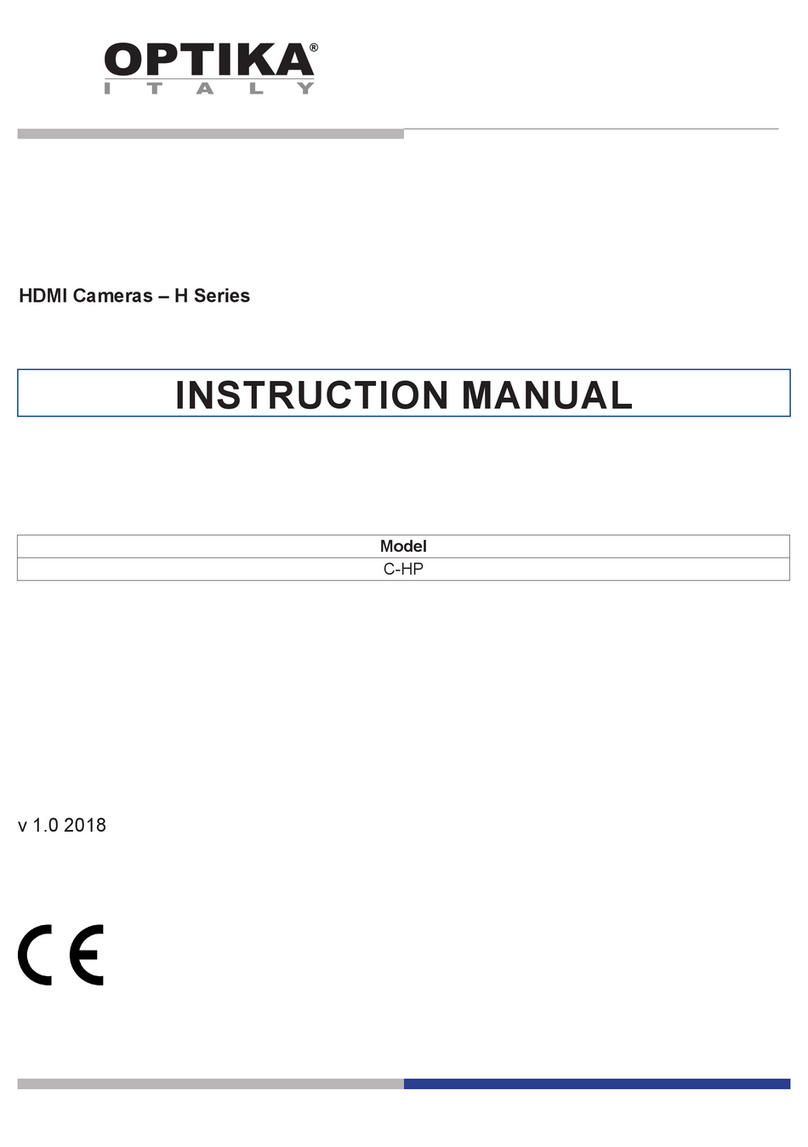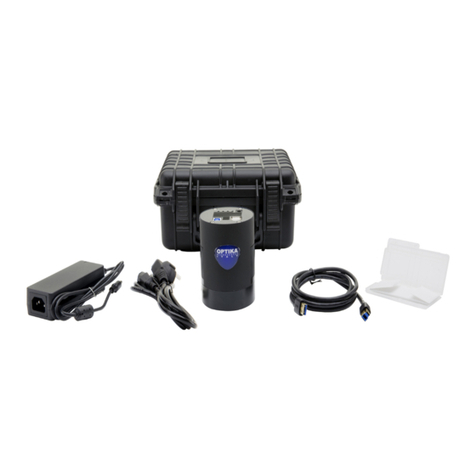Optika Italy C-B Series User manual
Other Optika Italy Digital Camera manuals

Optika Italy
Optika Italy H Series User manual

Optika Italy
Optika Italy H Series User manual

Optika Italy
Optika Italy C-HA User manual

Optika Italy
Optika Italy C-HP4SC User manual

Optika Italy
Optika Italy OPTIKAM B1 User manual

Optika Italy
Optika Italy SZP Series User manual

Optika Italy
Optika Italy H Series User manual

Optika Italy
Optika Italy H Series User manual

Optika Italy
Optika Italy C-D Series User manual

Optika Italy
Optika Italy H Series User manual



























